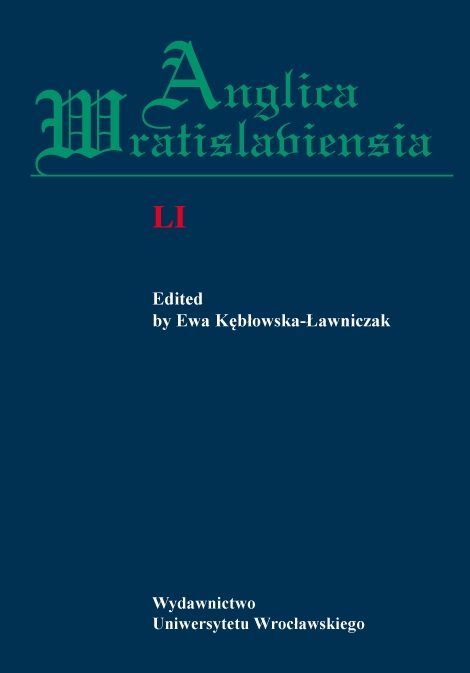

Literature and Culture

Postmodern literary fiction relies heavily on intertextual connections between works and genres. Vladimir Nabokov, one of the most prominent representatives of postmodernism in American literature, identified with the so-called “literature of exhaustion,” makes such references his trademark, creating labyrinths of erudite allusions, puns and wordplays, challenging the reader to detect the intricate traps. In Lolita 1955, one of the significant intertextual elements is the recurring reference to the Gothic mode, even though not all instances are immediately recognizable or particularly salient. Nabokov “gothicizes” his novel not only by introducing the figure of Edgar Allan Poe into the storyline or constructing certain elements of the setting in the Gothic fashion, but also by employing typically Gothic motifs, such as madness, eroticism, the presence of demonic powers or the figure of the motherless child. Some of these elements undergo modification in accordance with the rules of postmodern genre transformations for instance, it is a child who is described as a demonic creature in Nabokov’s text. The purpose of the following article is to demonstrate how elements of the Gothic mode are made fit for and present in Nabokov’s novel and a movie script based on the novel Lolita: A Screenplay 1974 in the form of intertextual connections and hints at either classic Gothic works or at motifs typical of that particular convention.